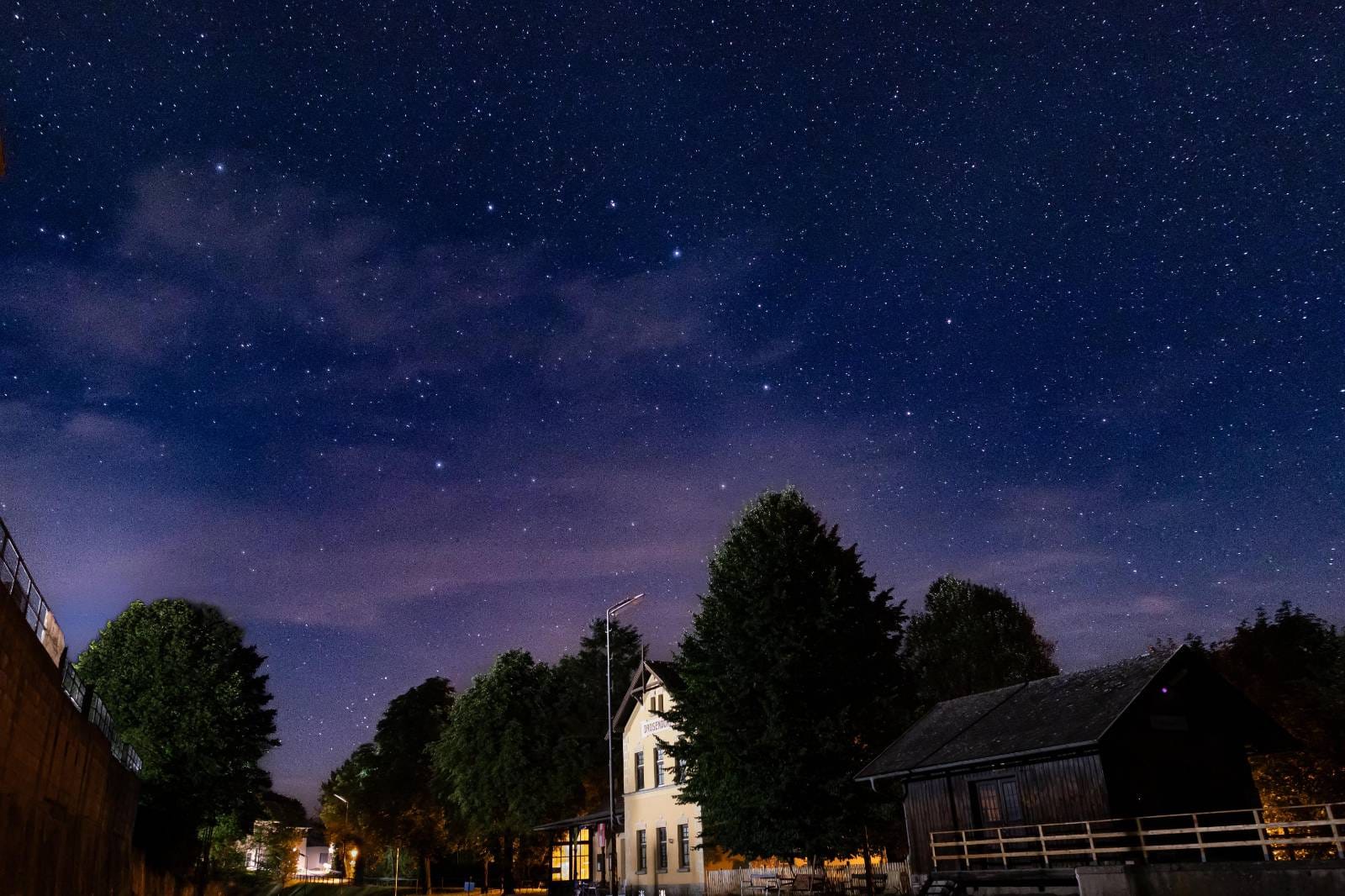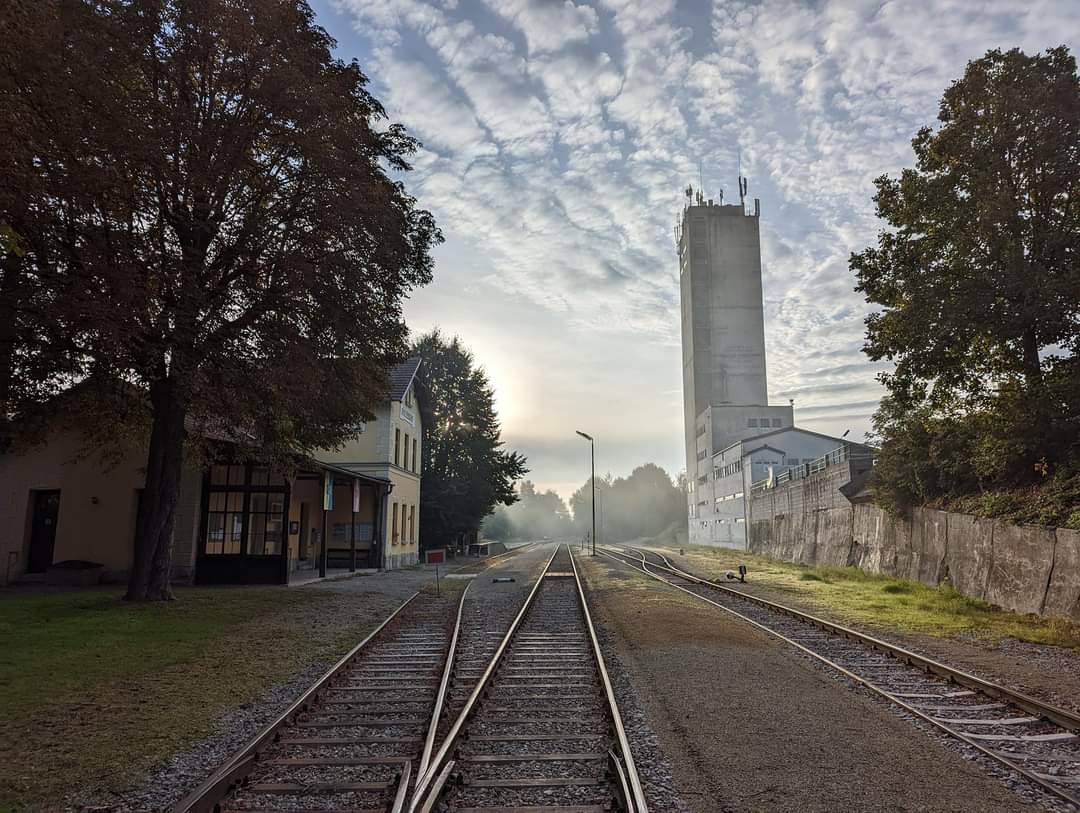WHAT / Areas
Waiting room – Shop & Vending & Self‑service zone
Minimal contact, maximum supply. Souvenirs, merch, watercolor calendar and more.
In the Magazine – Event space
Parties, readings, exhibitions, concerts – culture in the former magazine.
Past – Now – Future
Services
Arrival – Bus & Train
Quick overview. For details see Travel.
Where and Who in Drosendorf
Since when – Drosendorf, a turning point in world history
Part 1: Prelude – The last Babenberg
In the early Middle Ages, parts of the eastern border of the German Empire were open to incursions. The Avars and the Hungarians exploited this. That changed when Emperor Otto II enfeoffed Count Luitpold with the Avar March in 976. In a document from 996 – often called Austria’s founding charter – the March is referred to as the area the locals call Ostarrichi.
A margrave was a function, not a hereditary title. Luitpold apparently pleased the emperor, so rule stayed in the family. The dynasty became known as the Babenbergs. The name was only used verifiably much later; the family’s origin is unclear.
Not only was the eastern border defended; by about 1000, the March and Leitha were reached in the east. The capital moved eastward as well, first to Klosterneuburg, later to Vienna. The Babenbergs expanded their territory in other directions too, even ruling Bavaria briefly.
When the last Babenberg, Frederick II, took the throne in 1230, he ruled two duchies: Austria in the north and Styria in the south. Through his second marriage he gained Carniola, extending his power south of Marburg. To the west, the Babenbergs had also expanded. At accession he was only 19 and not yet a knight.
Historians like nicknames: Frederick was called the Warlike. He was in dispute with all his neighbors, including the German Emperor Frederick II of the Hohenstaufen. To reconcile, he intended to marry his niece Gertrud to the much older emperor in exchange for the crown. Gertrud refused, supported by the church.
The key conflict was with the Hungarian king Béla IV. In 1241, a Mongol army advanced into Central Europe. Even if sources exaggerate its size, it wreaked havoc. Europe’s princes had to unite to stop it.
After a defeat, King Béla IV fled to Austria. Frederick offered support in exchange for some borderlands and part of the crown jewels. The Mongols reached the area of Wiener Neustadt, then abruptly turned back due to news of the Khan’s death. The Babenberg army had not engaged; Béla demanded the lands and treasures back, which Frederick refused.
The dispute escalated and ended on 15 June 1246 at the Leitha Mountains. Result: Austria won the battle but lost its leader. Frederick died at 35 with two childless marriages; the male Babenberg line became extinct. Unusually, female succession was possible: two claimants remained – his niece Gertrud and his sister Margaret.


